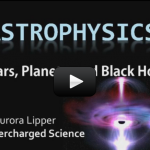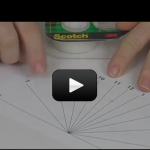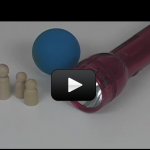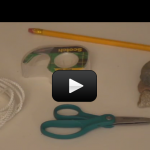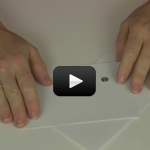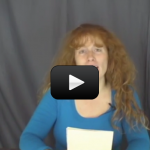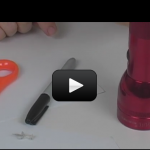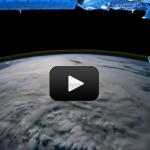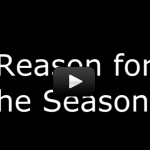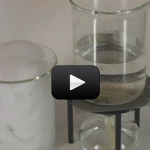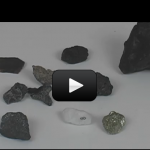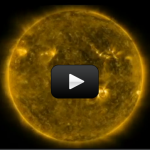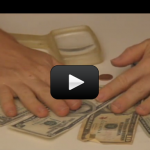Getting Started
One of the most incredible areas of science is astronomy. I'm constantly amazed by how much astronomy inspires excitement and awe in people, no matter what they study or what careers they have later in life. There's just something magical about the celestial skies, and that's what I'm going to share with you in this section.
Our first dip into astronomy is going to cover planets, stars, the sun and moon, and let you play with phases, transits, and ways of observing different astronomical phenomena, just like real scientists do. Although there's a handful of activities here, if you feel your student is ready for it, feel free to dive into the full-blown Astrophysics section and find experiments that will challenge and engage them in a meaningful way.
By the end of the labs in this unit, students will be able to:
- Use observations of the sun, moon and stars to describe patterns that can be predicted.
- Make observations at different times of the year to relate the amount of daylight to the time of year.
- Differentiate observation from inference (interpretation) and know scientists’ explanations come partly from what they observe and partly from how they interpret their observations.
- Measure and estimate the weight, length and volume of objects.
- Formulate and justify predictions based on cause-and-effect relationships.
- Conduct multiple trials to test a prediction and draw conclusions about the relationships between predictions and results.
- Follow a set of written instructions for a scientific investigation.

